On Jan 24, the Rwandan military shot at a fighter jet from the Democratic Republic of Congo which they claimed had busted Rwandan airspace near Goma.
This has captured our attention for three major reasons:
- There are no active airspace warnings for either the FZZA/Kinshasa or HRYR/Kigali FIRs.
- The incident occurred at low level, but in an area of open airways.
- The aircraft was hit in close proximity to an international airport.
This was a major escalation following months of conflict between the two countries – so much so that the DRC announced the shooting as an ‘act of war.’
Here’s a look at exactly what happened and what this might mean for risk to civil aviation operating into, or overflying the Central African region.
The January 24 Incident
During daylight hours, a Sukhoi-25 military jet operated by the Democratic Republic of Congo reportedly violated Rwandan airspace between Goma and Gisenyi, without a clearance.
There are several unverified videos circulating of the jet being struck at low level by a surface-to-air missile, fired from a MANPAD. These are small, light, shoulder launched anti-aircraft weapons
The jet landed safely but sustained heavy damage. The incident raises concerns because there are contradictory accounts of how the situation unfolded, debate over which side is responsible, and so a lack of reliable information over what the safety implications might be for civil aircraft.
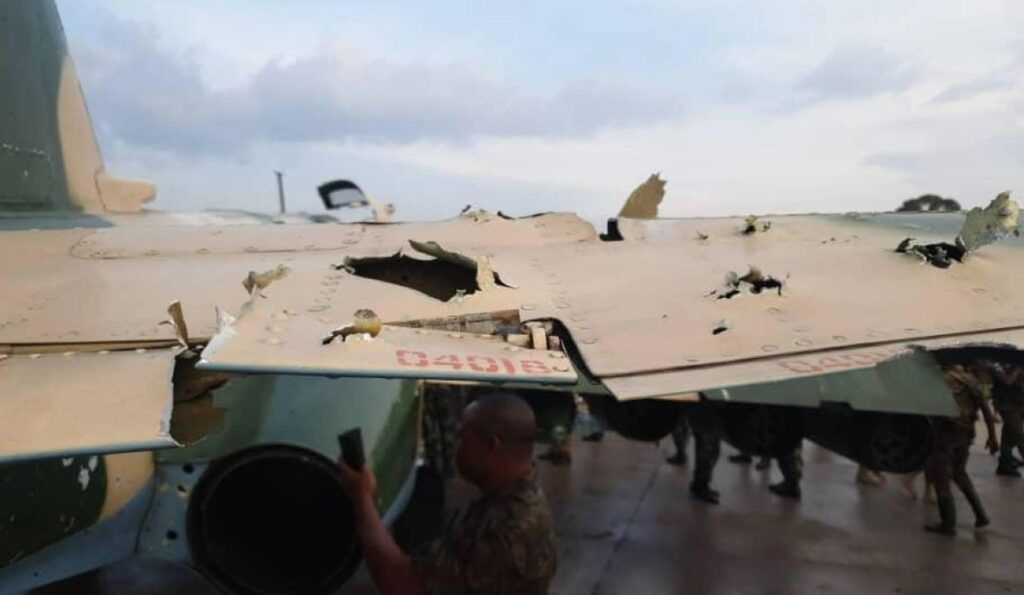
The jet was damaged but landed safely.
Escalating Conflict
This is the latest escalation of a conflict that has been worsening for months, and a strong indication that it may be putting overflying aircraft at risk as it grows – especially near the shared border.
In late 2021 heavy tensions erupted between the Democratic Republic of the Congo and Rwanda. An armed insurgency is underway in the DRC by a recently re-emerged militant group known as the March 23 Movement (or just M23 for short).
The DRC (along with the US and UN) have accused Rwanda of supporting M23, and in some cases even fighting alongside them. Although this hasn’t been proven.
The ethnic and political background to the conflict run deep and are beyond the scope of this article, but the bottom line is frequent skirmishes by both Congolese and Rwandan forces in each other’s territory.
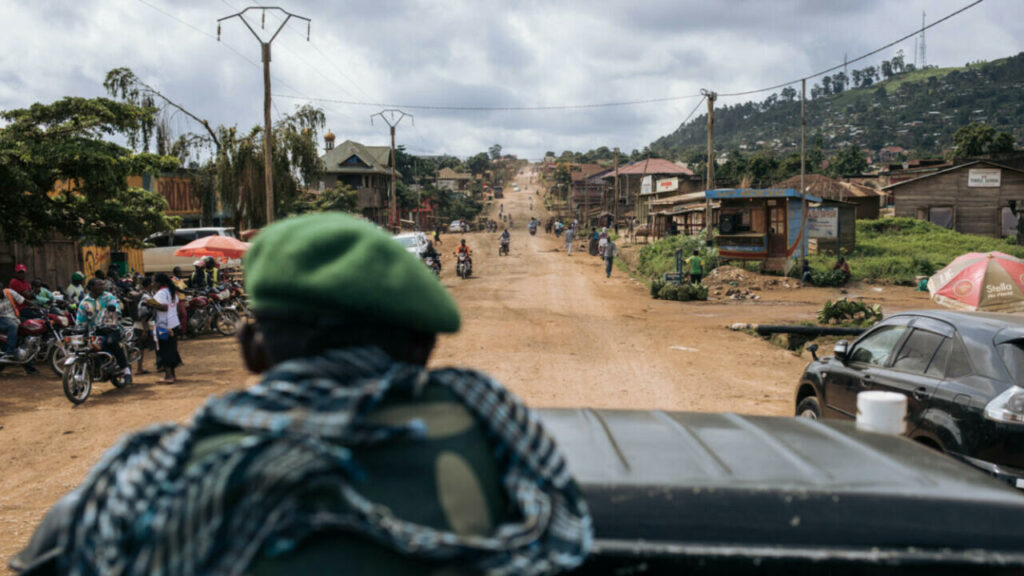
Skirmishes on both sides of the shared DRC/Rwandan border have been reported.
Airways
The January incident happened near Goma – a city that lies on the DRC side of the border, and straddles the boundary between the FZZA/Kinshasa and HRYR/Kigali FIRs.
Several international airways run through the same airspace where the incident occurred.
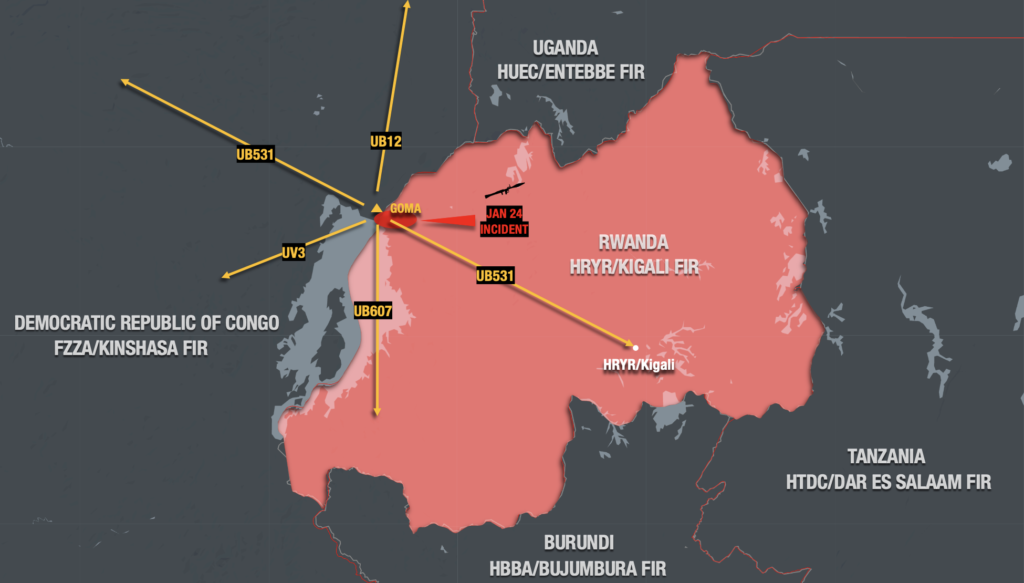 Also use caution on airways UM216, UA618 and UL442 away from Goma but which skirt the shared border where skirmishes have been occurring.
Also use caution on airways UM216, UA618 and UL442 away from Goma but which skirt the shared border where skirmishes have been occurring.
Is this a high or low-level threat?
Short answer, low – but there’s more to it than that.
Militaries from both sides, along with the M23 rebels, are all known to have anti-aircraft weaponry.
The most common is the MANPAD. They are easy to use, portable and require little if any training. They are unfortunately prolific throughout Africa in both legitimate and illegitimate hands – Rwanda and DRC are no exception. And the intent to use them is now clear.
They typically target aircraft flying low, and slow. Which means aircraft taking-off and landing are most at risk. However publicly available information indicates MANPADs can reach aircraft as high as FL250.
Anti-aircraft guns along with ballistic weapons such as rockets and other artillery are also known to be present, and are potentially dangerous to aircraft, once again at low level.
Neither side has shown any intent to actively target civilian aircraft. But there are several risk factors at play.
The DRC/Rwandan border is an active conflict zone, where military activity and the transport of troops and equipment is common. Aircraft surveillance in the area is rudimentary, and the conflict has become territorial not just on the ground, but now in the air too.
All the warning signs are there, only with no actual warnings.
Once again, mistaken identity has become the number one threat.
With this in mind, overflying jet traffic at higher flight levels are not at risk – if ops are normal.
The problem becomes if you need to descend or divert. And aircraft operating into the region’s airports are especially exposed. Extra caution needs to be taken at FZNA/Goma – the site of the January incident.
Official Warnings
There are none.
History has taught us that we need to be more responsive to airspace threats – a danger may exist or develop before states publish official airspace warnings or restrictions. All of that takes time. And if your flight is today, you need to know now.
We’ll continue to report on changes in Rwanda and DRC as they happen over at safeairspace.net – our conflict zone and risk database.
More on the topic:
- More: A330 shot at during Covid relief flight
- More: Monday Briefing: Cuba Travel opens up, Chile Airport strike ends
More reading:
- Latest: OPSGROUP is hiring! Wanted: Junior International Ops Specialist
- Latest: LOA Guide for US Operators
- Latest: NAT Ops: Flying the Blue Spruce Routes
- Safe Airspace: Risk Database
- Weekly Ops Bulletin: Subscribe
- Membership plans: Why join OPSGROUP?



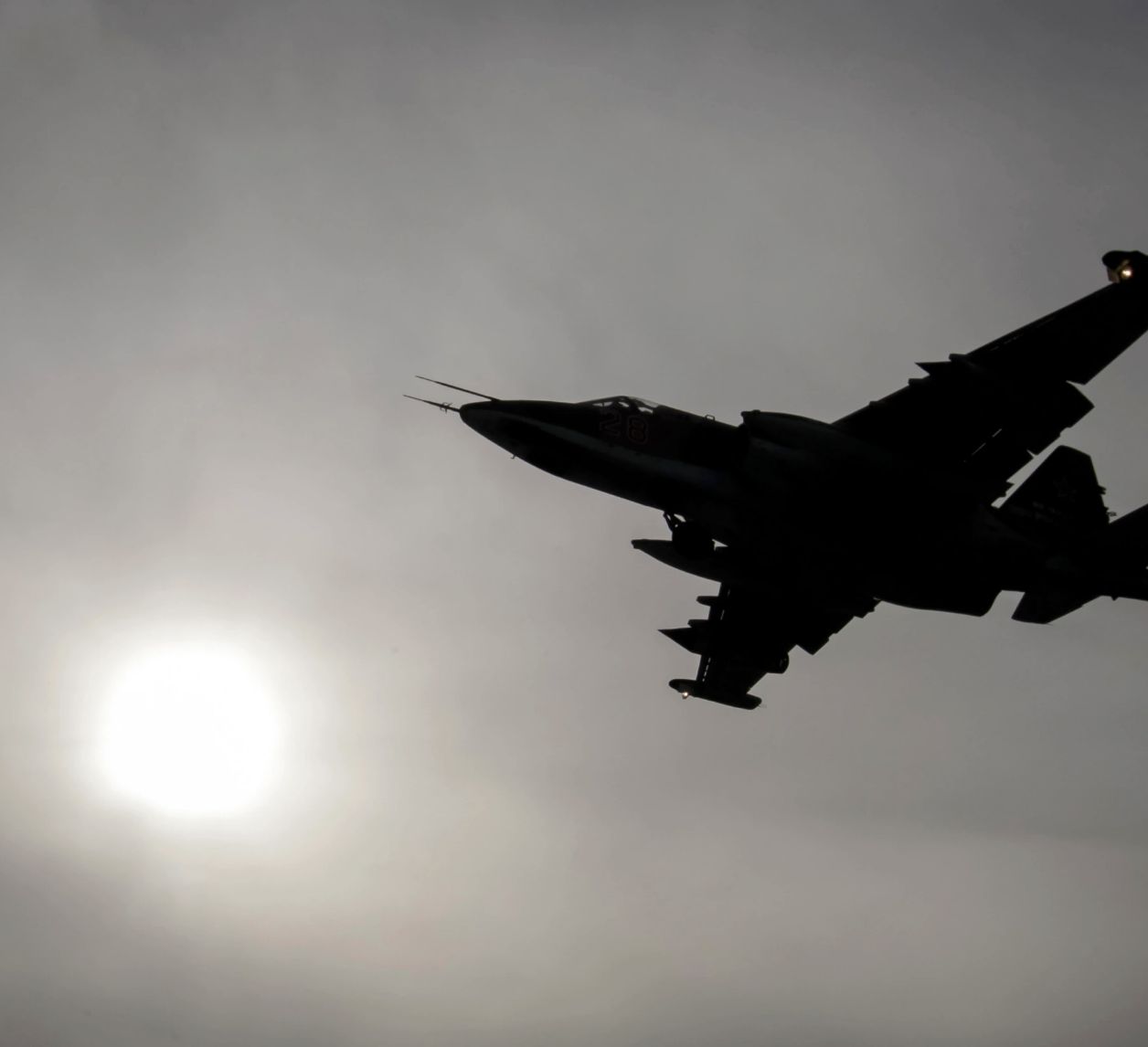







 Get the famous weekly
Get the famous weekly 





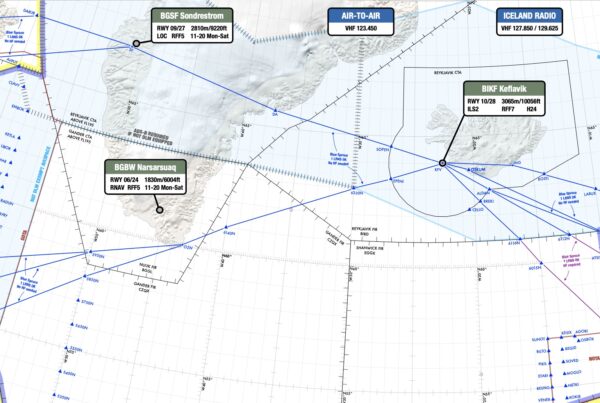
Hi, dear team can you assist me on the current status of Congo DRC because as per your daily briefing it’s caution only with no warning.